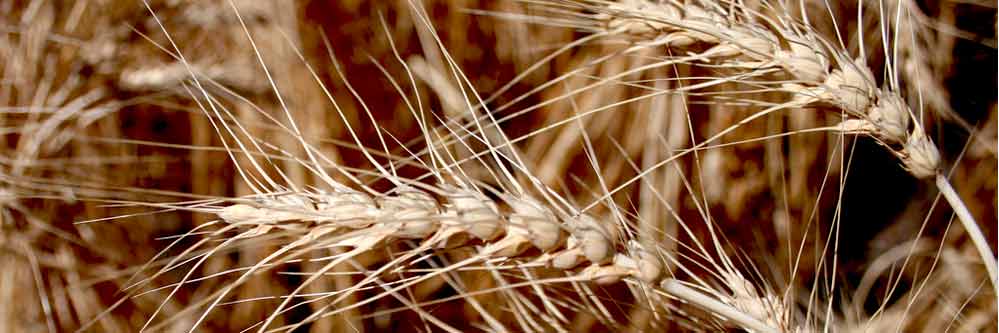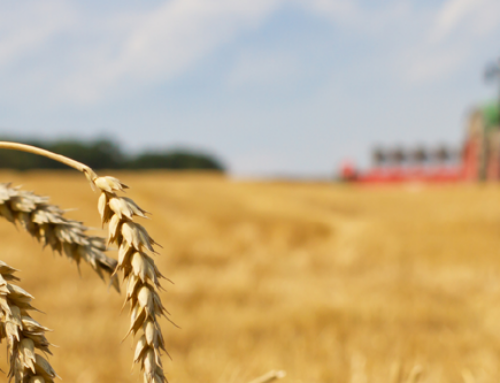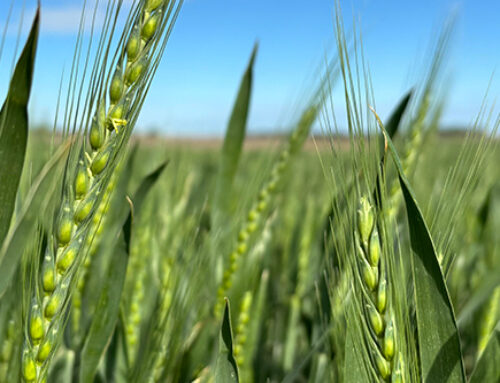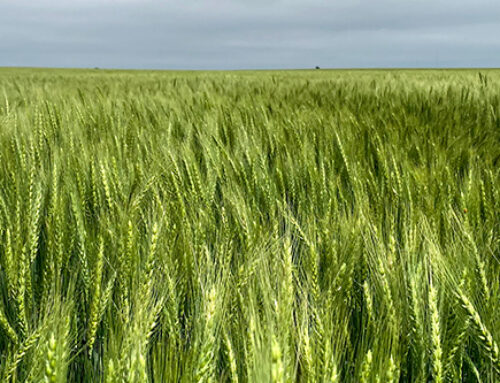Next to nitrogen, phosphorus is the most important nutrient needed by a wheat crop. Phosphorus (P) is vital for plant development starting when wheat is just a seedling and continuing all the way to maturity. Besides playing a role in the quality and formation of seeds, this nutrient helps ensure uniform heading, faster maturity and strengthens the plant to help survive the winter. P also acts behind the scenes assisting with photosynthesis, energy storage and cell division. Clearly, phosphorus is not a nutrient to overlook.
Wheat will uptake 0.5-0.6 pounds of P2O5 (available form of P for the plant) per bushel. Without enough available P in the soil, plants will suffer from deficiencies. There are obvious symptoms of phosphorus deficiencies in wheat; the most noticeable is stunted growth. Stems and leaves turning purple, a reduced root system and poor tillering are other common symptoms. When a deficiency is present, winter wheat is more susceptible to winterkill and vulnerable to disease pressure, among other plant health issues.
To avoid these problems in fields, phosphorus fertilizer needs to be applied prior to or during planting. Once applied, it won’t readily move around in the soil so proper placement is important to support the plant as it starts to grow. Sixty to seventy percent of P is used prior to the plant flowering. The amount of P needed in a field is determined through soil testing and using proven University test data as a guideline. The rate may be adjusted depending on method of application, planting dates and crop rotation.
To apply phosphorus, there are numerous options. Banding and broadcasting are two common methods. Banding is a method of applying the fertilizer – in liquid or dry form – in a concentrated strip with or near the seed. Broadcast applications spread the fertilizer evenly across the field and are then worked into the soil with a tillage operation. Banding and broadcasting on the same field may be necessary if the deficiency is serious enough. Banding is a better method than broadcasting when:
- The phosphorus level in the soil is very low.
- The field will not be tilled.
- Double cropping.
- Later planting dates.
- Higher pH soils.
When P levels are adequate, wheat yields will flourish. As always, overall yields depend on soil and weather conditions. But, dramatic yield increases – up to 50% increases – have been achieved by adding the proper amount of phosphorus. Fifty percent increases may sound too good to be true, but with a growth supporter like phosphorus, it is possible where deficiencies are present! Crop Quest agronomists are capable of determining the proper amounts of phosphorus and other nutrients for your fields. For more information contact your local Crop Quest Agronomist.
Featured photo by: born1945, wheat, flickr.com





